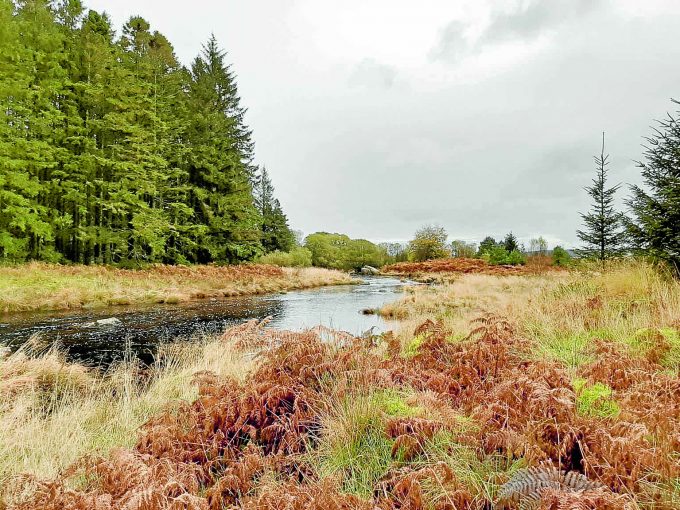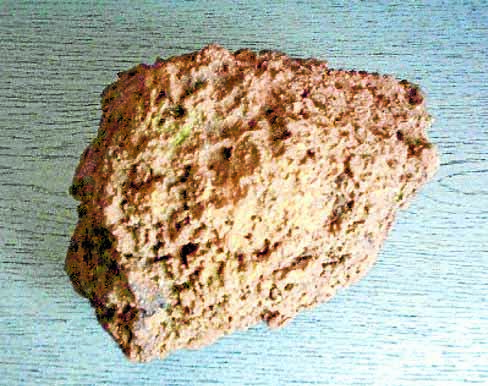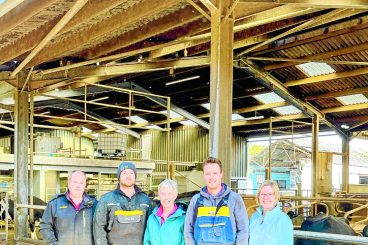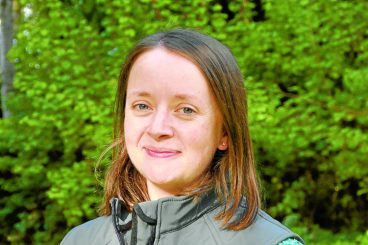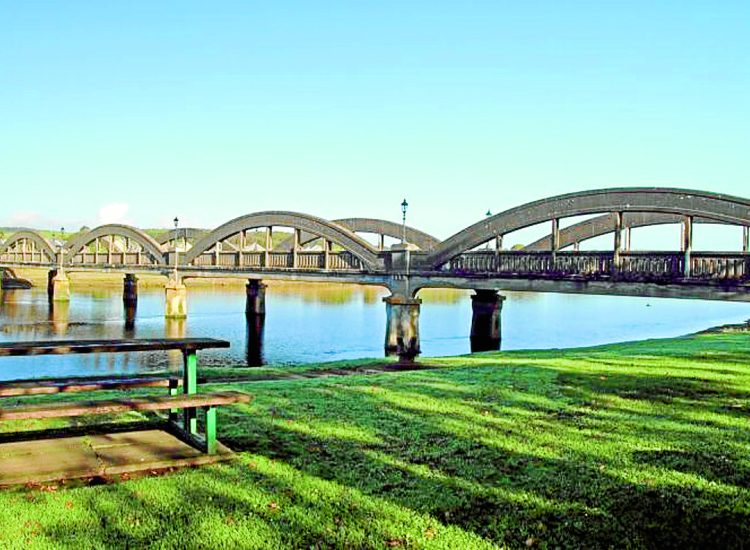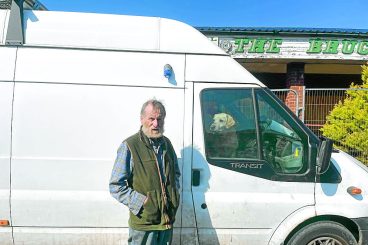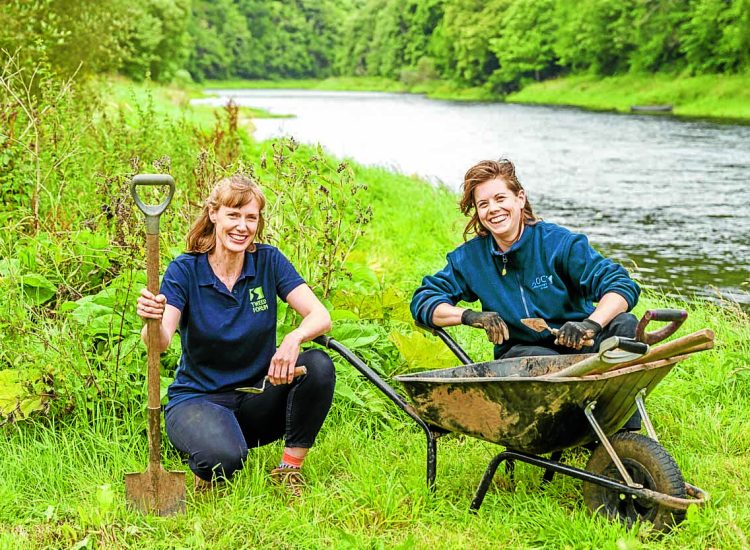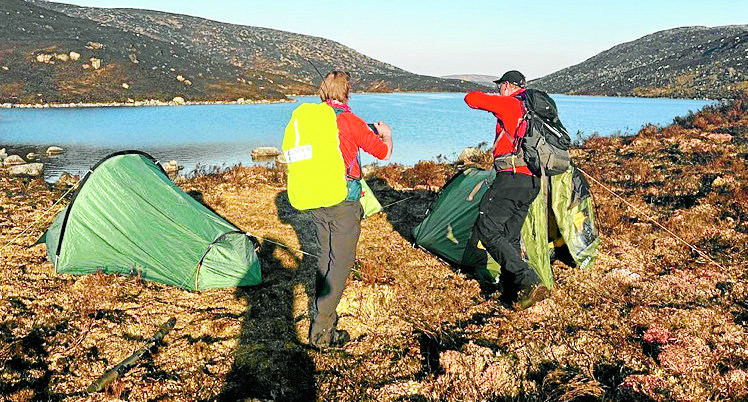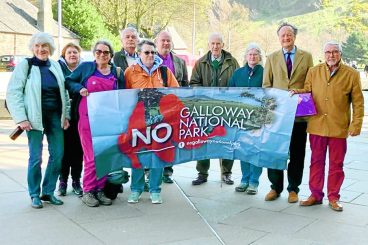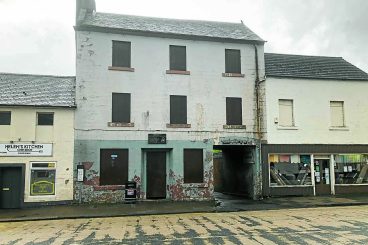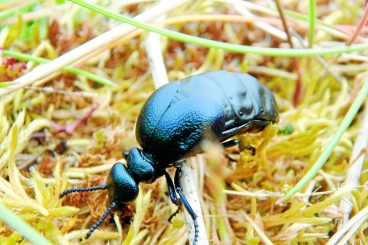The Galloway Glens ‘Can You Dig It’ Community Archaeology project is leading a search in Galloway, seeking to better understand a now largely forgotten method of iron production, powered by the peatlands of South West Scotland.
Approximately a third of the region is classed as peatland, constituting about 20 per cent of Scotland’s entire peat ‘estate’. And a feature of the peatlands which has been largely forgotten is that they were prime locations for the discovery of bog iron, a crude and impure iron deposit which can be extracted and worked to yield valuable metal products.
Due to the simpler smelting techniques required, most iron used in the Viking age and through pre-Roman times was obtained through smelting bog iron deposits. Bog iron forms due to the flow of iron-bearing groundwater into the unique habitat that peatland bogs offer. Specific types of ‘iron bacteria’ within the peat concentrate the iron into usable deposits as part of their life processes. Its presence is highlighted through reddish-brown secretions in local rivers or streams, withered grass or unusual depositions. Small, pea sized nodules can be collected by hand and is a renewable resource, with bogs being able to be harvested repeatedly.
The hope is that bog iron can be harvested once again in Galloway, and even smelted to yield workable iron ore, as an example of living archaeology.
Tom Rees from Rathmell Archaeology is leading the search for sites and said: “The use of bog iron as an ore for smelting was an ingenious solution to the need for iron. Through experimental archaeology we can rediscover these techniques, enabling us to understand this critical technological innovation. But to start the process we need to return to the peatlands and find new deposits.”
Helen Keron, from The Galloway Glens Scheme, added: “If we can harness people’s local knowledge of the area to find some bog iron sites, and even better if we could then re-create a Bloomery to smelt some iron from it, that would be amazing.”
And Dr Emily Taylor, from the Crichton Carbon Centre in Dumfries, said: “Our brown, wet, boggy peatlands often get overlooked and I think we struggle to appreciate how important they were to people in the past. Bog iron is such an intriguing part of the history of Galloways’ peatlands so I am very excited to see this project bring this peaty past to life.”
